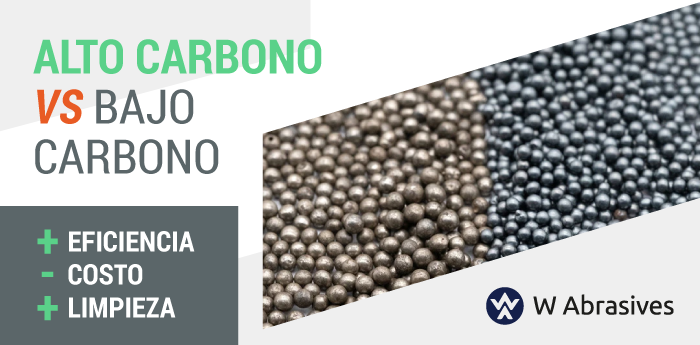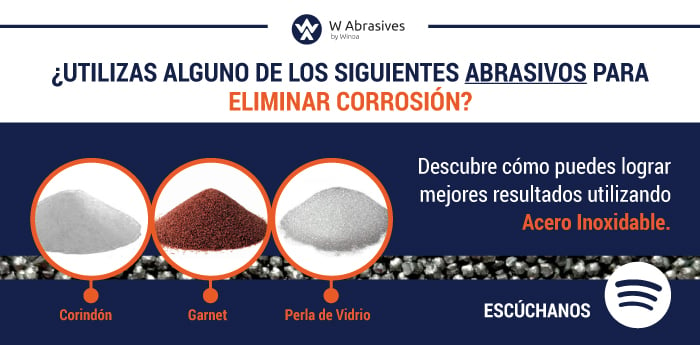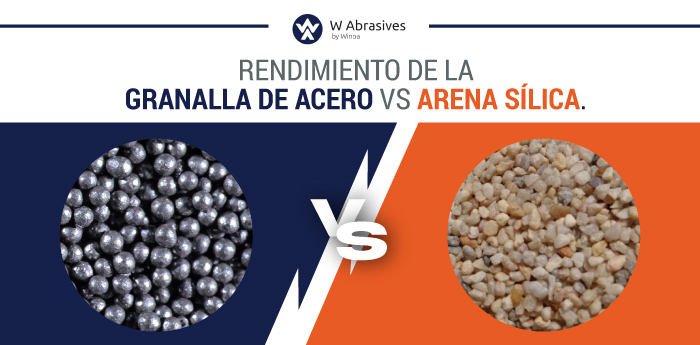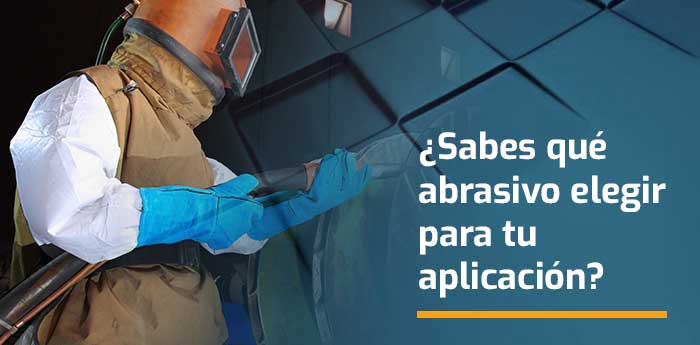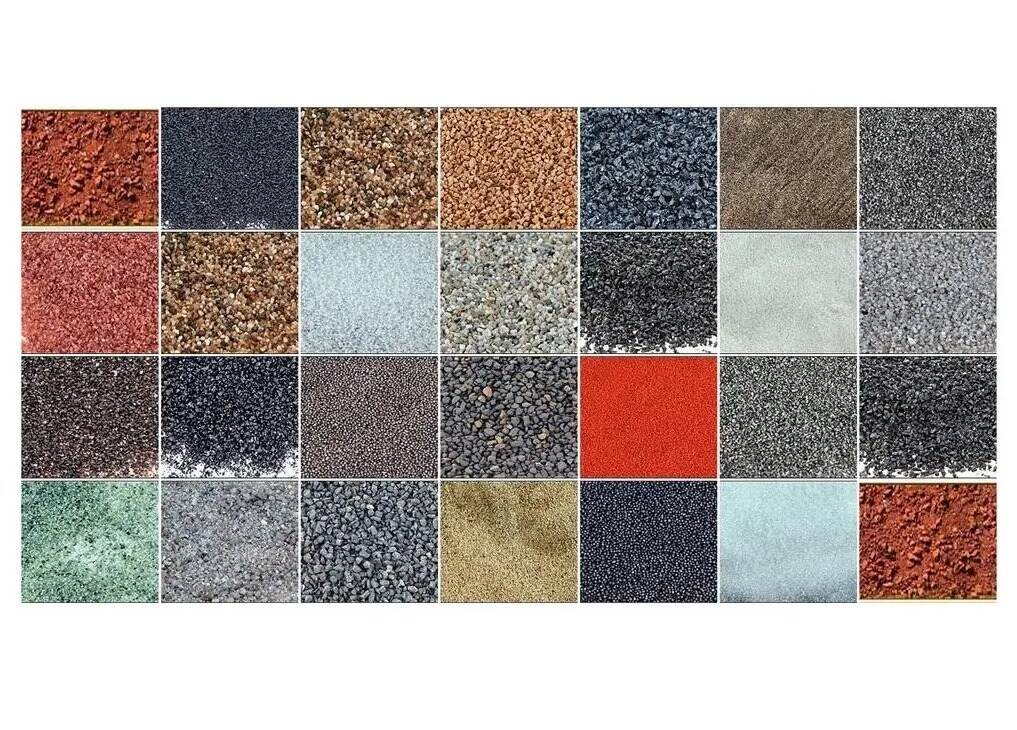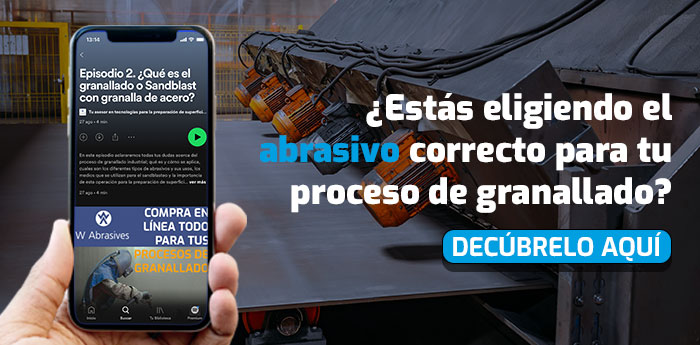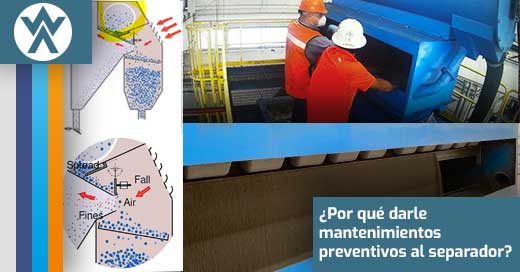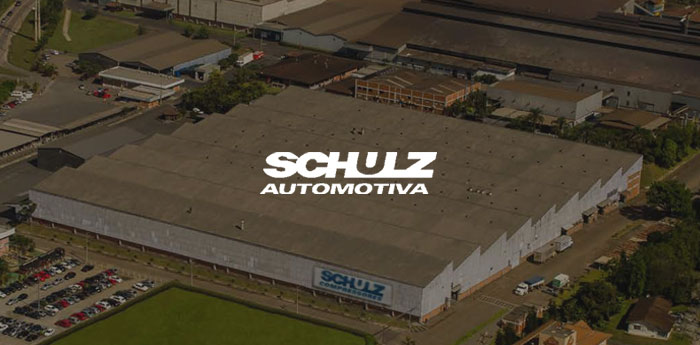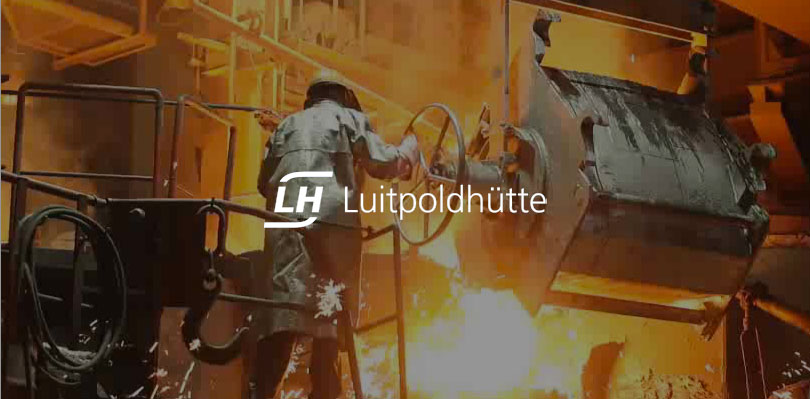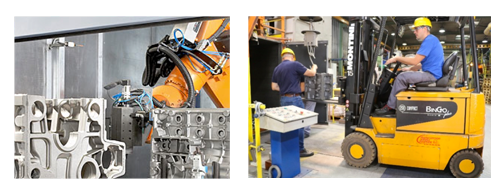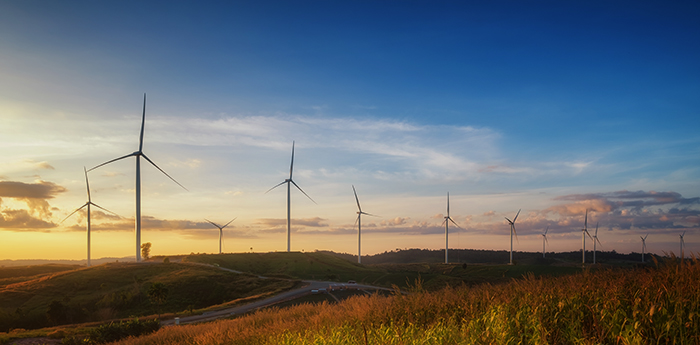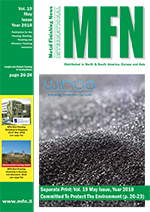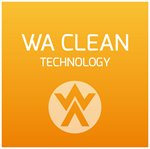High Carbon VS Low Carbon Steel Abrasives
On this occasion we have to talk about energy since the process of shot blasting a piece is done by transmitting kinetic energy to an area.
The formula tells us that the kinetic energy is equal to one half of the mass times the speed squared, that is to say that the variables here would be the mass, which is the size of the particle and the quantity that is thrown plus the speed, since either the particles are blown by means of a wheel or by air pressure through nozzles in an airblast system.
The particles are accelerated through these media to transmit that energy and do the cleaning work; Another very important variable is the hardness of the particle, and in the case of steel abrasive, it is defined by the amount of carbon it contains.
Therefore, there are two types of abrasives on the market: low and high carbon steel. But how do we know which one suits us best?
Manufacturers of low carbon shot may claim that their product is better than high carbon shot



